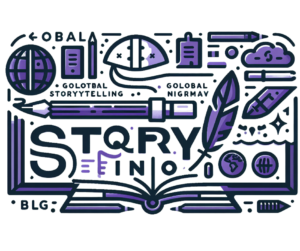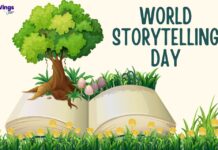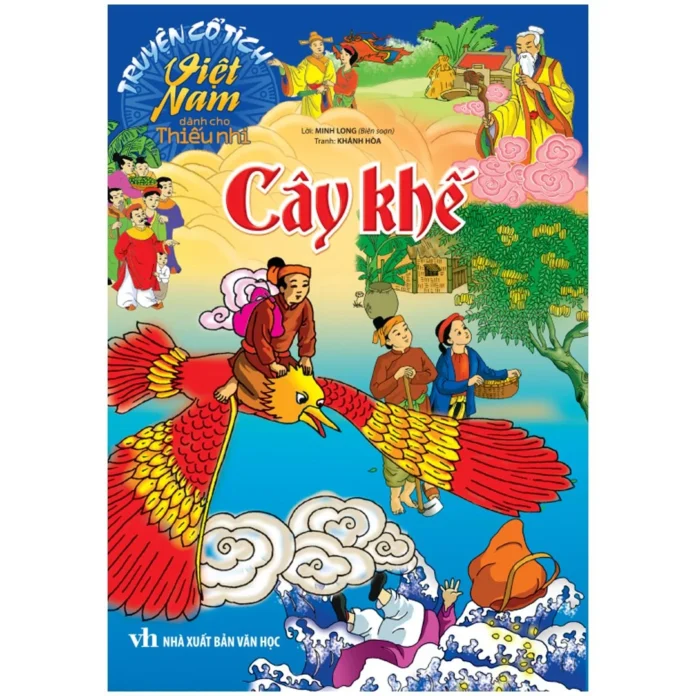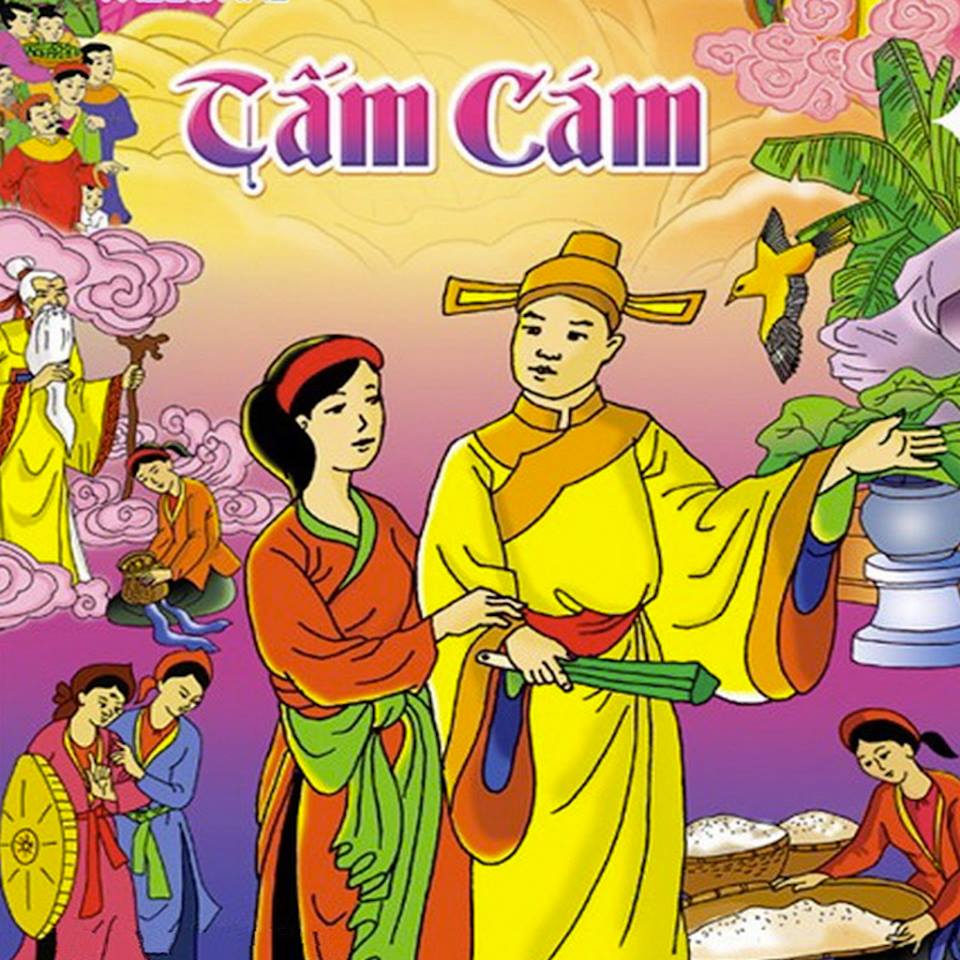Fairy tales have been a cornerstone of storytelling for centuries, captivating audiences of all ages with their enchanting narratives and timeless lessons. Many characters from these tales have transcended generations, becoming iconic figures in literature and popular culture. This article delves into some of the most famous fairy tale characters of all time, exploring their origins, stories, and enduring appeal.
Cinderella
One of the most beloved fairy tale characters, Cinderella’s story has been told and retold countless times across various cultures. Originating from ancient Greek and Roman tales, the most popular version comes from Charles Perrault’s 1697 rendition, “Cendrillon, or The Little Glass Slipper.” Cinderella’s story of kindness, resilience, and the transformative power of love resonates universally. The rags-to-riches narrative, where Cinderella overcomes adversity and finds happiness, continues to inspire adaptations in literature, film, and theater.
Snow White
Snow White, the fairest of them all, is another timeless character from fairy tales. First popularized by the Brothers Grimm in their 1812 collection, “Grimm’s Fairy Tales,” Snow White’s story of beauty, jealousy, and triumph over evil has become a staple of fairy tale lore. The tale’s themes of innocence and purity, juxtaposed with the wickedness of the Evil Queen, create a compelling narrative that has been immortalized in Disney’s 1937 animated film “Snow White and the Seven Dwarfs.” Snow White’s enduring legacy is a testament to the power of good triumphing over evil.
Little Red Riding Hood
The story of Little Red Riding Hood is one of caution and intrigue. With origins in European folklore, the tale was famously recorded by Charles Perrault and later the Brothers Grimm. Little Red Riding Hood’s journey through the forest to visit her grandmother, only to encounter the cunning Big Bad Wolf, serves as a cautionary tale about the dangers of trusting strangers. The character’s iconic red hood and her bravery in the face of danger make her a memorable figure in the world of fairy tales.
Hansel and Gretel
Hansel and Gretel, the siblings who outsmart a wicked witch, are central figures in one of the Brothers Grimm’s most famous tales. First published in 1812, the story follows Hansel and Gretel as they navigate a dark forest and encounter a gingerbread house inhabited by a cannibalistic witch. The siblings’ cleverness and resourcefulness in escaping the witch’s clutches highlight themes of perseverance and ingenuity. Hansel and Gretel’s adventure has been adapted into various media, from operas to films, solidifying their place in fairy tale history.
Beauty and the Beast
The tale of Beauty and the Beast is a classic story of love and transformation. Originally written by French novelist Gabrielle-Suzanne Barbot de Villeneuve in 1740, the story was later abridged and popularized by Jeanne-Marie Leprince de Beaumont. Beauty, a young woman who selflessly takes her father’s place as the prisoner of a fearsome beast, ultimately sees beyond his exterior to discover a kind and gentle soul. The themes of inner beauty and redemption resonate deeply, making this story a beloved fairy tale. Disney’s 1991 animated adaptation further cemented Beauty and the Beast’s status as a timeless classic.
The Little Mermaid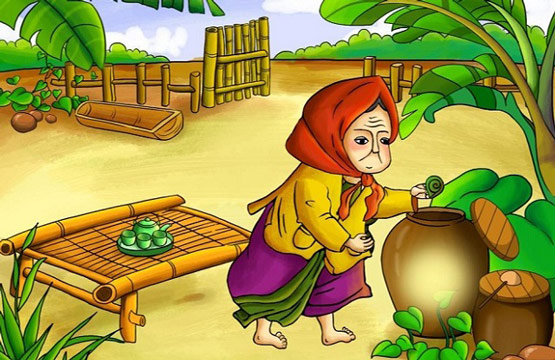
Hans Christian Andersen’s “The Little Mermaid,” published in 1837, tells the poignant tale of a young mermaid who sacrifices everything for the chance to be with a human prince. The story’s themes of longing, sacrifice, and unrequited love have made it a favorite for generations. Unlike many fairy tales, Andersen’s version has a bittersweet ending, highlighting the complexity and depth of the mermaid’s character. Disney’s 1989 animated film adaptation brought the story to a new audience, emphasizing themes of bravery and the pursuit of dreams.
Rapunzel
Rapunzel, known for her long, golden hair, is a central figure in a fairy tale first published by the Brothers Grimm in 1812. The story of Rapunzel, who is locked in a tower by a witch and eventually rescued by a prince, has captivated readers with its themes of freedom and love. Rapunzel’s resilience and the imagery of her hair as a symbol of connection and hope have inspired numerous adaptations, including Disney’s 2010 animated film “Tangled.”
Conclusion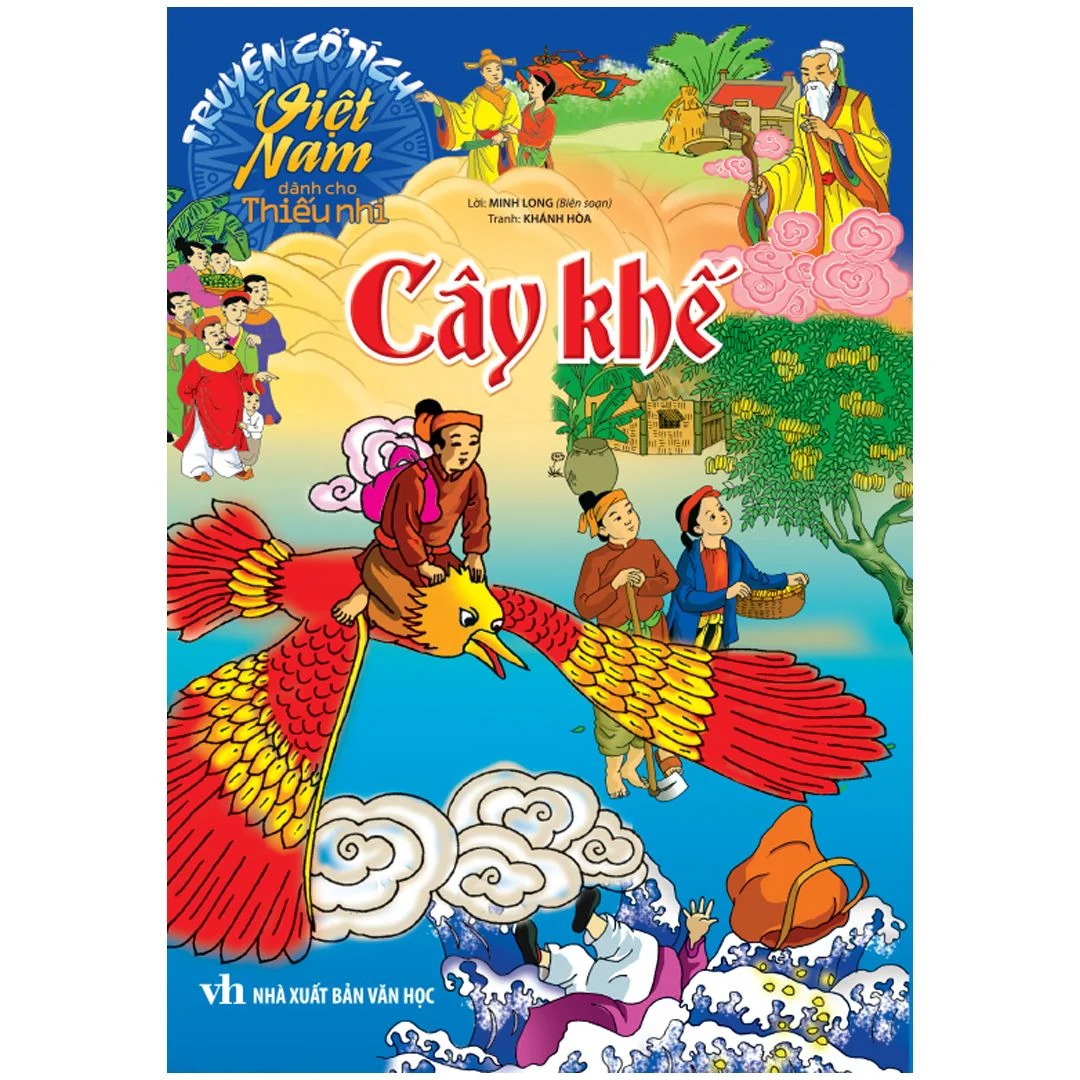
Fairy tale characters like Cinderella, Snow White, Little Red Riding Hood, Hansel and Gretel, Beauty and the Beast, The Little Mermaid, and Rapunzel continue to captivate audiences with their timeless stories and universal themes. These characters, each embodying unique virtues and challenges, have become cultural icons, inspiring countless adaptations and remaining relevant in contemporary storytelling. Their enduring appeal lies in the timeless lessons they impart and the magic they bring to the world of literature and beyond.

